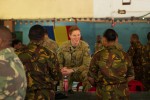Search
Using the filters to the left, click your selection, it will become bold and filter the results, click it again to remove that filter.
While Australian policy guidance has recently embraced deterrence as a strategic posture, there is limited guidance about the force structure and posture implications for Army. The Australian Army Research Centre's new Occasional Paper addresses this gap by developing three models to achieve strategic deterrence through the forward presence of land forces. … Forward Presence for …
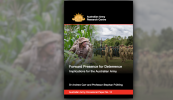
‘Army’s Role in Train, Advise and Assist Missions’ Australia’s strategic environment is complex, increasingly contested and rapidly evolving. Major power competition, militarisation, disruptive technological change and other evolving threats pose challenges to Australia’s national security. These developments test Army’s capacity to generate highly trained, disciplined and fit tactical units; preserve its capacity to operate within the integrated force; while simultaneously delivering Army forces in …
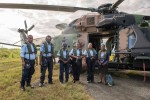
Building solid relationships conducive to mutual force preservation is at the forefront of international missions. Individual attention and deliberation needs to be applied to all aspects of this relationship in order to determine the most appropriate operational response. There must be an understanding of the potential impact of delivering military training to another nation, the extent to which it will support both the donor and recipient nations’ strategic interests, and the degree to which it will …
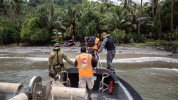
As National Defence: Defence Strategic Review 2023 (DSR 23) is implemented, the Australian Army may continue its, historically validated, ad hoc and bespoke, pathway to train, advise and assist (TAA) missions. An alternate pathway, however, assesses that the urgency of DSR 23 - emphasising ‘assistance [as] a key pillar of [Australia’s] broader bilateral relationships in the region’ - no longer sanctions traditional ad hoc approaches to TAA missions. This Land Power Forum post argues for a standing …
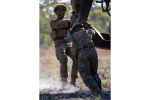
Introduction Train, advise and assist missions play a pivotal role in the Indo-Pacific region, where fostering stability and security is of utmost importance. These missions involve the Australian Army working closely with partner nations to build their military capabilities, enhance their operational effectiveness, and promote regional cooperation. By leveraging these missions within a deterrence framework, the Australian Army both contributes to regional stability and also reinforces the message that any …
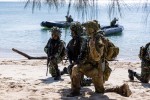
A Tank Regiment at War 1939-45 By Peter Hart Profile Books , London, 2022. 462pp. Paperback ISBN: 9781788166409 Hardback ISBN: 9781788166393 eBook ISBN: 9781782837602 Reviewed by BRIG Chris Roberts AM, CSC (Retd.) In an engaging and easily read style Peter Hart’s Burning Steel delivers a vivid account of the brutality, confusion, and reality of tank warfare during the Second World War. It is a history in which a graphic sense of combat leaps from the pages. Hart has written widely on men at war in his …
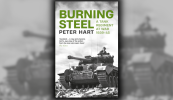
In June 2022, the British Chief of the General Staff used the Royal United Services Institute (RUSI) Land Warfare conference to make a major speech. In it he publicly directed his organisation to ‘mobilise’ in response to Russian aggression. Striking in its forcefulness, that speech was widely reported among many responses to Russia’s invasion of Ukraine. One year on, General Sanders used the same forum to run a ruler over developments to-date. In a room full of military leaders and analysts from across a …
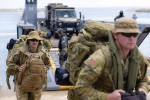
Army’s Role in Train, Advise and Assist Missions 前事不忘,后事之师 “Do not forget the past, for it serves as a teacher for the future” Chinese proverb The actions of Australian commandos in Japanese-occupied East Timor during World War 2 are well established in the Australian Army legacy. Less widely known, however, is the fact that Australia, not Japan, was first to invade East Timor in December 1941. The deployment of a joint Australian and Dutch force into Portuguese Timor, 10 days after the Japanese attack on …

Australia has experienced major power competition in the Indo-Pacific before. When we last experienced this environment, we deployed forces into south-western China under the little-known Mission 204 in 1941. This mission was expressly intended to deter Japan from aggression; a purpose that still resonates today in the context of the 2023 Defence Strategic Review which establishes a need for ‘asymmetry’ against a more powerful competitor, to affect ‘a strategy of denial.’ [i] Mission 204 thus highlights …
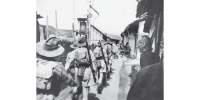
Australia’s model of Good Soldiering involves the development of trusting teams, where ideas can be contested, and each soldier is expected to contribute to a force with an intellectual edge over potential adversaries. A similar approach is emphasised by some of our key allies, particularly the US and the UK. [i] One feature that these three nations share in common is a national approach to education that has, for decades, emphasised active learning and critical deliberation. This educational foundation is …
